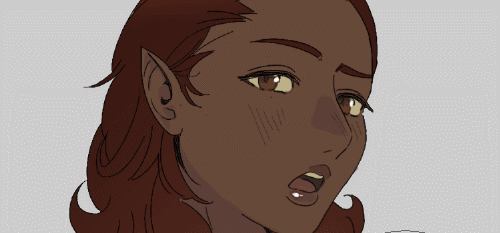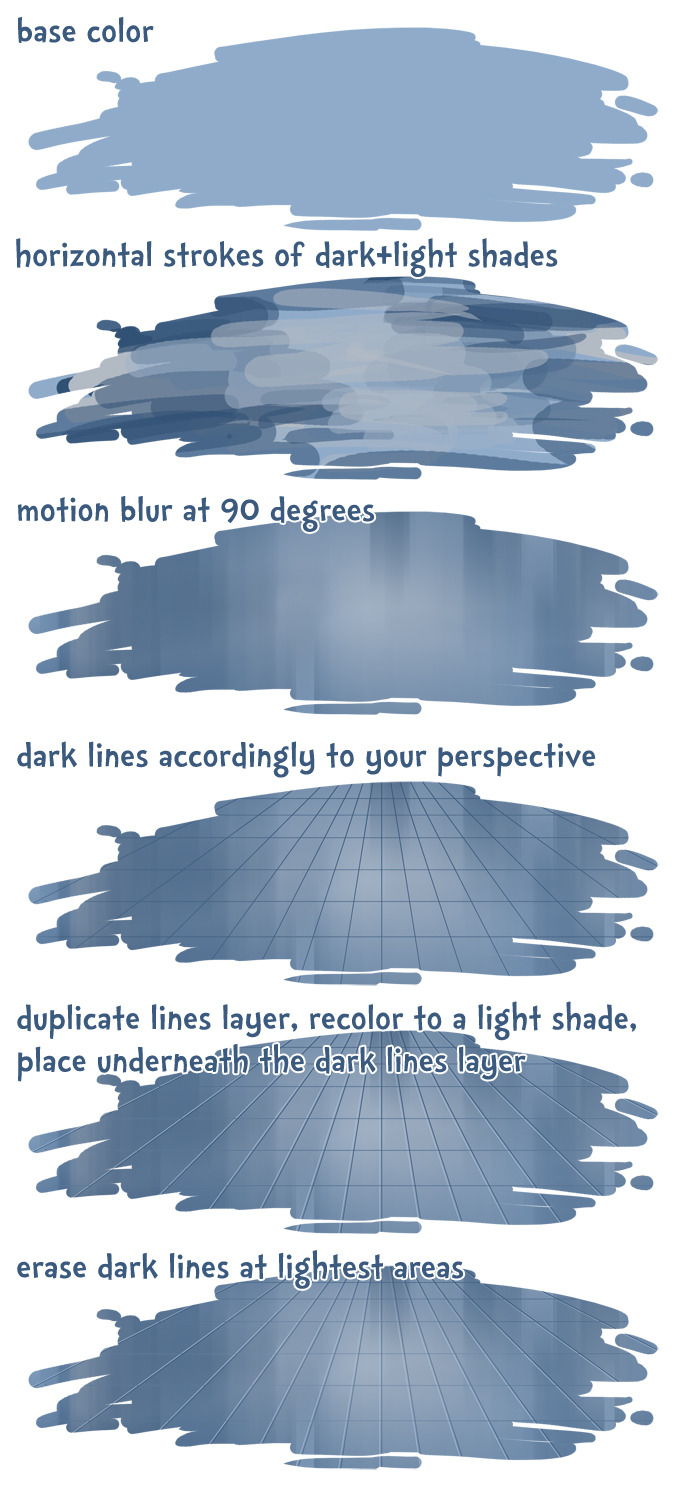Have Therians Discovered These Digging Gloves Yet
have therians discovered these digging gloves yet


i feel like they’d like them……
therians what are your thoughts
More Posts from Kirbysreturntodreamlanddx and Others
It is increasingly obvious that most people have no idea how to indicate an illness is slowly killing someone without making them cough up blood. Doesn’t matter what it is or if it has anything to do with your respiratory system, if you’re dying, you’re coughing up blood.
HEY, YOU!
DO YOU LIKE OLD COMPUTER GRAPHICS?!






did you like ANY of these photos? would you like to see HUNDREDS MORE OF THEM?! with THOUSANDS OF UNIQUE TEXTURES?! ALL FROM FUCKING DECEMBER 15TH, YEAR 2000?!
NOW YOU CAN!!!
THERE'S ALSO A BUNCH OF CLIPART FROM 1997 IN .WMF FORMAT. I DON'T KNOW HOW TO USE THAT, BUT YOU MIGHT!
STILL not convinced???? LOOK AT THE DISC THEY CAME FROM!

WHAT THE HELL IS THAT!??!?!?!?!?! DON'T WAIT! GO LOOK AT THOSE JPEGS... TODAY!


They're done: the Forbidden Halftone Brush Pack of your dreams.
Nine free halftone brushes for Clip Studio Paint. I will not be making another set of these so grab 'em now or never. Upload instructions are included in the folder! Thanks for your support! 😭
Past Freebie Brushes | Subscriber Brushes | And My Brush Tag
Let’s Draw Wings
I’ve gotten the question/request of how I draw wings lots and lots so I’ve decided to make a dedicated post!
Now…I’m no master, but I have found a way that I like to draw wings that’s efficient for me. There three main points:
References
Simplification
Texture Management
First of all - References
My favorite wing reference of all time is this post by Jenn on Twitter. I have both the images saved but I use the Wing Shapes one, below, alllllll the time. Like for real all the time!

I also keep pretty extensive collections of wing photo reference. When I’m having trouble, I’ll trace a few or do studies to get back into the swing of things. Here are links to my Pinterest boards:
Broadwing Reference (passive soaring and high-speed)
Longwing Reference (active soaring)
Shortwing Reference (elliptical and hovering)
Secondly - Simplification
When I sketch wings, I simplify Jenn’s diagram even further -

For me, the key to drawing wings is simplifying the wing down - from the structure to the feathers - the goal for me is to be able to draw them quickly and have the proper information conveyed. It needs to look like a wing in the base sketch. If it doesn’t, no amount of rendering and extra feathers will help. I like to break the wing into the three main moving parts. The orange is one part, then the purple contains two main chunks feathers that you can group together and move as their own parts.
On top of that, I like to think of wings like a sheet of paper. They can bend and fold in on themselves, with the orange meaty bits anchoring everything together.
Lastly - Texture
I like to call wings “texture monsters”. Feathers are hard to manage and can easily make wings look over-busy and muddy. Just like before, I break the wing into chunks so I can spend less time drawing the wing and it’s feathers:

Then you can put it all together and push things further -

So yeah this is how I throw wings together! The wings I draw aren’t super technical or detailed, but I what matters for me is that they look and feel like believable wings at a glance -




~ Larn
–
Discord | Patreon | Art Prints
some fucking resources for all ur writing fuckin needs
* body language masterlist
* a translator that doesn’t eat ass like google translate does
* a reverse dictionary for when ur brain freezes
* 550 words to say instead of fuckin said
* 638 character traits for when ur brain freezes again
* some more body language help
(hope this helps some ppl)
Ref Recs for Whump Writers
Violence: A Writer’s Guide: This is not about writing technique. It is an introduction to the world of violence. To the parts that people don’t understand. The parts that books and movies get wrong. Not just the mechanics, but how people who live in a violent world think and feel about what they do and what they see done.
Hurting Your Characters: HURTING YOUR CHARACTERS discusses the immediate effect of trauma on the body, its physiologic response, including the types of nerve fibers and the sensations they convey, and how injuries feel to the character. This book also presents a simplified overview of the expected recovery times for the injuries discussed in young, otherwise healthy individuals.
Body Trauma: A writer’s guide to wounds and injuries. Body Trauma explains what happens to body organs and bones maimed by accident or intent and the small window of opportunity for emergency treatment. Research what happens in a hospital operating room and the personnel who initiate treatment. Use these facts to bring added realism to your stories and novels.
10 B.S. Medical Tropes that Need to Die TODAY…and What to Do Instead: Written by a paramedic and writer with a decade of experience, 10 BS Medical Tropes covers exactly that: clichéd and inaccurate tropes that not only ruin books, they have the potential to hurt real people in the real world.
Maim Your Characters: How Injuries Work in Fiction: Increase Realism. Raise the Stakes. Tell Better Stories. Maim Your Characters is the definitive guide to using wounds and injuries to their greatest effect in your story. Learn not only the six critical parts of an injury plot, but more importantly, how to make sure that the injury you’re inflicting matters.
Blood on the Page: This handy resource is a must-have guide for writers whose characters live on the edge of danger. If you like easy-to-follow tools, expert opinions from someone with firsthand knowledge, and you don’t mind a bit of fictional bodily harm, then you’ll love Samantha Keel’s invaluable handbook
-
 flinnir liked this · 4 weeks ago
flinnir liked this · 4 weeks ago -
 tamesalad liked this · 1 month ago
tamesalad liked this · 1 month ago -
 xxpunkbovidxx reblogged this · 1 month ago
xxpunkbovidxx reblogged this · 1 month ago -
 xxpunkbovidxx liked this · 1 month ago
xxpunkbovidxx liked this · 1 month ago -
 cartoonghosts liked this · 1 month ago
cartoonghosts liked this · 1 month ago -
 feathersamongthestars liked this · 1 month ago
feathersamongthestars liked this · 1 month ago -
 parzivalpup liked this · 1 month ago
parzivalpup liked this · 1 month ago -
 littleguyic liked this · 1 month ago
littleguyic liked this · 1 month ago -
 gaylittleeldritchhorror liked this · 1 month ago
gaylittleeldritchhorror liked this · 1 month ago -
 legglesscat liked this · 1 month ago
legglesscat liked this · 1 month ago -
 hnyflwrr liked this · 1 month ago
hnyflwrr liked this · 1 month ago -
 kirbysreturntodreamlanddx reblogged this · 1 month ago
kirbysreturntodreamlanddx reblogged this · 1 month ago -
 secretlydionysus liked this · 1 month ago
secretlydionysus liked this · 1 month ago -
 kaaaaaiiiiii liked this · 1 month ago
kaaaaaiiiiii liked this · 1 month ago -
 ocdwaffles liked this · 1 month ago
ocdwaffles liked this · 1 month ago -
 sharkbytezts liked this · 1 month ago
sharkbytezts liked this · 1 month ago -
 moongoddesssimp liked this · 1 month ago
moongoddesssimp liked this · 1 month ago -
 huhunder liked this · 1 month ago
huhunder liked this · 1 month ago -
 cobyrabbit liked this · 1 month ago
cobyrabbit liked this · 1 month ago -
 localkittycat liked this · 1 month ago
localkittycat liked this · 1 month ago -
 leapfrof liked this · 1 month ago
leapfrof liked this · 1 month ago -
 f0x-t33th721 liked this · 1 month ago
f0x-t33th721 liked this · 1 month ago -
 jackrayrabbit liked this · 1 month ago
jackrayrabbit liked this · 1 month ago -
 atlass-random-stuff liked this · 1 month ago
atlass-random-stuff liked this · 1 month ago -
 whisperingalong liked this · 1 month ago
whisperingalong liked this · 1 month ago -
 sierpowek liked this · 1 month ago
sierpowek liked this · 1 month ago -
 mystic-lumber reblogged this · 1 month ago
mystic-lumber reblogged this · 1 month ago -
 vanitythevantropist liked this · 1 month ago
vanitythevantropist liked this · 1 month ago -
 theironblood liked this · 1 month ago
theironblood liked this · 1 month ago -
 kaelinaether liked this · 1 month ago
kaelinaether liked this · 1 month ago -
 cat-finch liked this · 1 month ago
cat-finch liked this · 1 month ago -
 bea-the-ao3er liked this · 1 month ago
bea-the-ao3er liked this · 1 month ago -
 cyarikaskywalker reblogged this · 1 month ago
cyarikaskywalker reblogged this · 1 month ago -
 cyarikaskywalker liked this · 1 month ago
cyarikaskywalker liked this · 1 month ago -
 devilervex liked this · 1 month ago
devilervex liked this · 1 month ago -
 mercifulvenus liked this · 1 month ago
mercifulvenus liked this · 1 month ago -
 ineedcaffienerightnow reblogged this · 1 month ago
ineedcaffienerightnow reblogged this · 1 month ago -
 ineedcaffienerightnow liked this · 1 month ago
ineedcaffienerightnow liked this · 1 month ago -
 bubble--rings liked this · 1 month ago
bubble--rings liked this · 1 month ago -
 sweetlilpupp liked this · 1 month ago
sweetlilpupp liked this · 1 month ago -
 yappergender reblogged this · 1 month ago
yappergender reblogged this · 1 month ago -
 protesilaus-ebdoma reblogged this · 1 month ago
protesilaus-ebdoma reblogged this · 1 month ago -
 frosted-shadowss reblogged this · 1 month ago
frosted-shadowss reblogged this · 1 month ago -
 frosted-shadowss liked this · 1 month ago
frosted-shadowss liked this · 1 month ago -
 floral-sacrifice liked this · 1 month ago
floral-sacrifice liked this · 1 month ago -
 blossom-possums liked this · 1 month ago
blossom-possums liked this · 1 month ago -
 american-alligator liked this · 1 month ago
american-alligator liked this · 1 month ago -
 ergotgloom liked this · 1 month ago
ergotgloom liked this · 1 month ago

main @starboundsealrb blog for art/writing resources, advice, other important stuff, and the like
143 posts






